I'm currently utilizing the Navigation Drawer for my Android APP. In my first fragment, I've a fragment that loads data using Facebook's Graph API. Thus, when my App is first loaded, it first goes to the first fragment.

Then, I use the Navigation Drawer to click on another Fragment and view it.

And then finally, I reuse the Navigation Drawer to proceed back to the first Fragment and view it.

My issue that I'm facing is, how do I proceed to utilize the Fragment that has been created once instead of re-creating it whenever the Navigation Drawer Item is selected. My code for the switching of the fragments are as shown below.
private void displayView(int position) {
// update the main content by replacing fragments
Fragment fragment = null;
switch (position) {
case 0:
fragment = new SelectionFragment();
break;
case 1:
fragment = new HomeFragment();
break;
case 2:
fragment = new PhotosFragment();
break;
case 3:
fragment = new CommunityFragment();
break;
case 4:
fragment = new PagesFragment();
break;
case 5:
fragment = new SplashFragment();
break;
default:
break;
}
if (fragment != null) {
FragmentManager fragmentManager = getSupportFragmentManager();
fragmentManager.beginTransaction()
.replace(R.id.frame_container, fragment).commit();
// update selected item and title, then close the drawer
mDrawerList.setItemChecked(position, true);
mDrawerList.setSelection(position);
setTitle(navMenuTitles[position]);
mDrawerLayout.closeDrawer(mDrawerList);
} else {
// error in creating fragment
Log.e("MainActivity", "Error in creating fragment");
}
}
I noticed that there is indeed a "new" instance of the Fragment every time whenever the option is selected. How do I go about implementing the logic of creating the Fragment instance ONCE and reusing it, so that I do not have to continuously load the Fragment over and over again.



